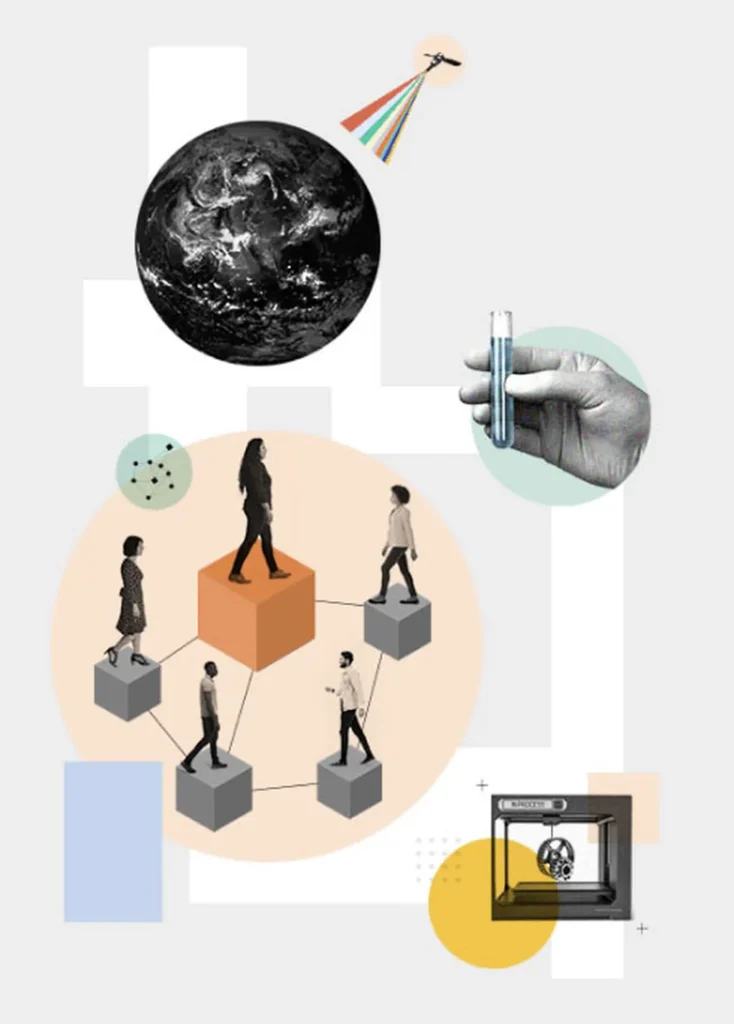In the heart of India’s agricultural landscape, a quiet revolution is brewing, not in the fields, but in the laboratories of J.C. Bose University of Science and Technology, YMCA. Here, Preet Kaur, a researcher with a vision for smart agriculture, has developed a low-cost, innovative solution to a perennial problem: measuring moisture content in grains. Her work, published in the ‘Journal of Electrical Systems and Information Technology’ (which translates to ‘Journal of Electrical Systems and Information Technology’ in English), is set to reshape how we approach grain storage and quality control.
Kaur’s creation is a circular patch antenna sensor, a device that might sound more at home in a telecommunications lab than a farm, but its applications are profoundly agricultural. “This sensor is a game-changer,” Kaur explains, her enthusiasm palpable. “It’s a simple, cost-effective tool that can accurately measure moisture content in rice and lentils, helping farmers and agribusinesses prevent spoilage and waste.”
The sensor operates at a resonant frequency of 2.45 GHz, a sweet spot that allows it to interact with the moisture content in grains. By calibrating the sensor with known moisture levels, Kaur and her team developed equations that can predict moisture content with remarkable accuracy. For rice, the sensor boasts a sensitivity of 0.0071 and a regression coefficient of 0.9976, while for lentils, these values are 0.0088 and 0.9981, respectively. “These numbers might seem small,” Kaur admits, “but they represent a significant leap in precision and reliability.”
The implications for the agricultural sector are substantial. Grain moisture content is a critical factor in storage and transportation. Too much moisture can lead to spoilage, mold, and even toxic contamination, while too little can result in brittle, damaged grains. By providing real-time, accurate moisture readings, Kaur’s sensor can help farmers and agribusinesses optimize storage conditions, reduce waste, and improve product quality.
But Kaur’s innovation doesn’t stop at the sensor itself. She has also developed a real-time monitoring system using a laptop with LabVIEW software, an ESP32 microcontroller, a Vector Network Analyzer (VNA), and an Ethernet connection. This setup allows moisture content values to be displayed in real time on mobile devices or laptops, enabling convenient monitoring and analysis. “Imagine a farmer, anywhere in the world, checking the moisture content of their stored grains with a few taps on their smartphone,” Kaur envisions. “That’s the power of this technology.”
The commercial impacts of this research are far-reaching. In the energy sector, for instance, grain moisture content is a critical factor in biomass energy production. Moisture affects the calorific value of biomass, and thus its energy output. Accurate moisture measurement can therefore optimize energy production and reduce costs.
Moreover, this research opens up new avenues for the integration of Internet of Things (IoT) technologies in agriculture. As Kaur notes, “This is just the beginning. With further development, such sensors could be part of a larger network of smart agricultural tools, providing real-time data to farmers and agribusinesses, helping them make informed decisions and improve their operations.”
Kaur’s work is a testament to the power of interdisciplinary research, combining electrical engineering, agriculture, and computer science to create a tool that is both innovative and practical. As she continues to refine and expand her research, the agricultural world watches with anticipation, eager to see how this circular patch antenna sensor will shape the future of smart agriculture.

